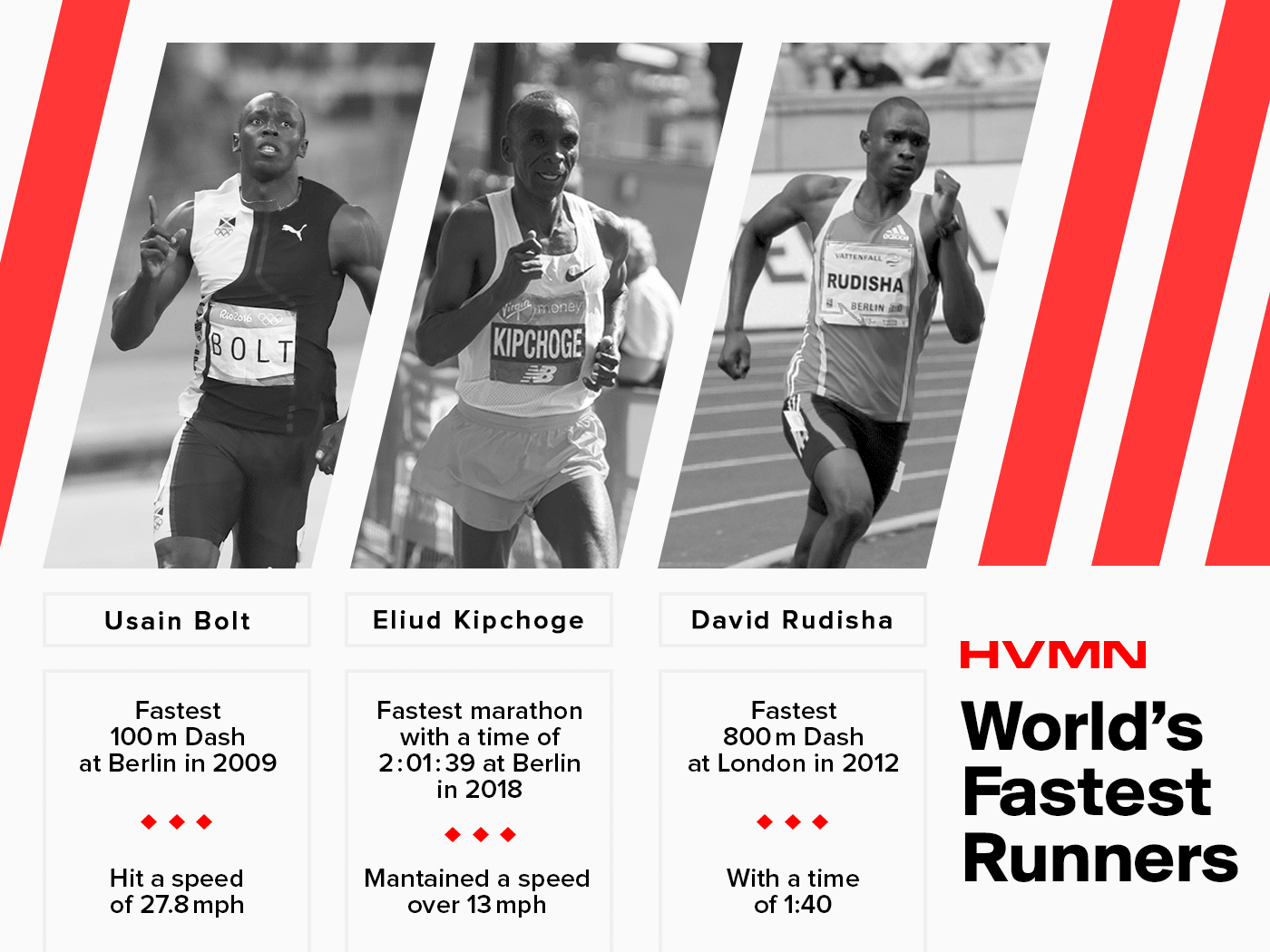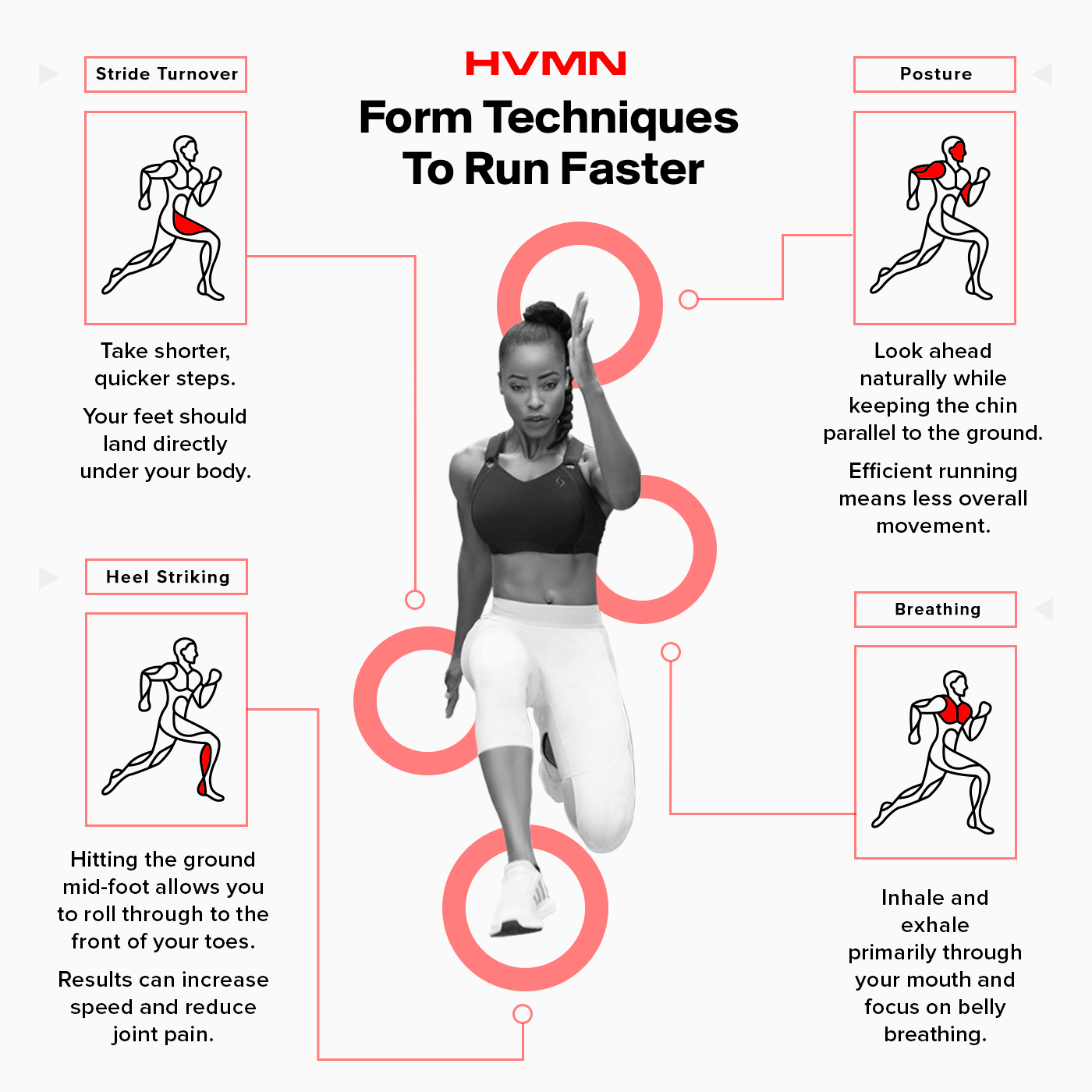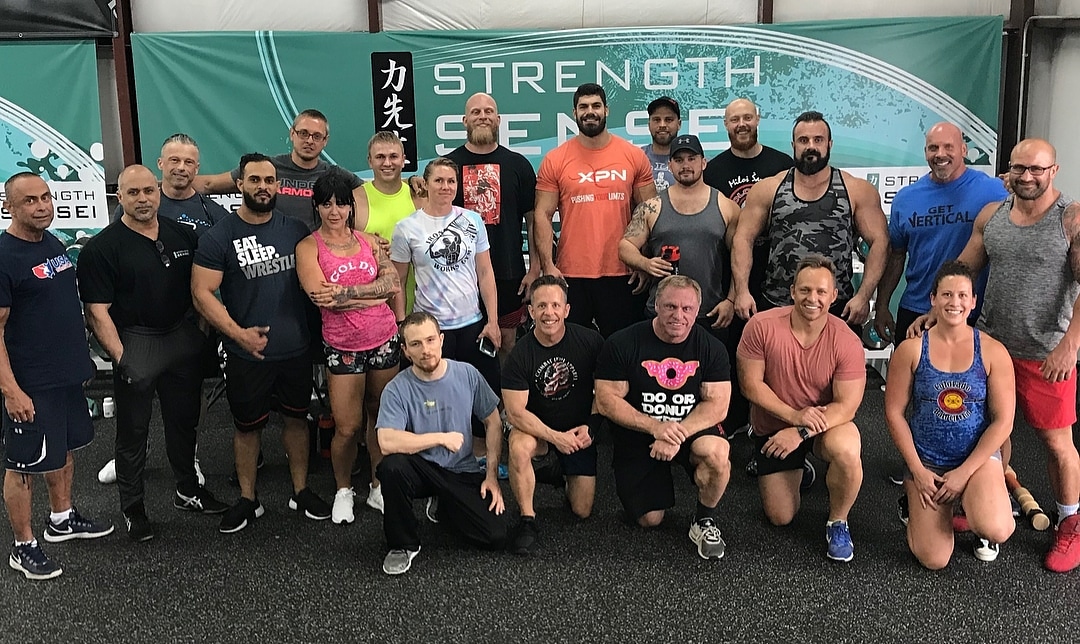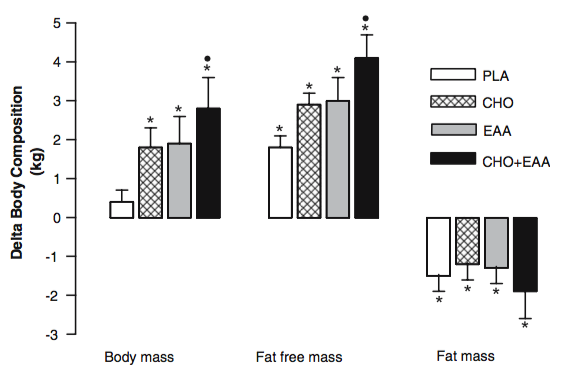Guest post authored by Madeline Taylor from SundayScaries.com
Emotions are part of human life and throughout the course of our lives, we will go through the entire spectrum of feelings. There are some emotions that are directly related to events such as post-traumatic stress disorder and others that seem to pop up from nowhere. Anger and stress are two of the most powerful feelings that we can experience and if one is present, the other will be too.
Stress and anger are often accompanied by underlying anxiety and this is what makes it difficult to find an appropriate treatment. When these three emotions are all present in someone’s life, things can get out of control rather quickly and your quality of life is in jeopardy, especially if you don’t seek treatment. It is easy to overlook the fact that your anger could be a side effect of anxiety, especially if you haven’t been eating or sleeping properly and you may find that even the smallest of issues will suddenly seem like the end of the world is nigh.
Stress shouldn’t be taken lightly as, in severe cases, it can kill you. It causes hypertension, affects your nervous system, and can lead to depression. Furthermore, as there is still a stigma attached to those who seek medical treatment for seemingly minor emotional issues, many people choose to ignore the symptoms of stress and anger and hope that they will go away on their own.
The Effect of Pharmaceuticals on Mental Health Issues
When we feel like we are under a high level of stress or anxiety, there will likely come a point where a friend or colleague will point us in the direction of a physician to help us address our issues. It could be caused by a social anxiety disorder, increased stress levels through work, Post-traumatic stress (PTSD), or even because of chronic pain. And one of the most commonly prescribed treatments for anxiety is a benzodiazepine like Xanax. These pills will treat your symptoms almost immediately, but they are accompanied by a long list of harmful side effects—especially when used for long periods of time. Benzodiazepines are highly addictive and they can cause the following symptoms:
Nausea
Depression
Dry Mouth
Incontinence
Headaches
Shaking
Paranoia
Loss of appetite
Acne
How CBD Works for Anger and Stress
The past couple of years have seen the rise of alternative medicines such as CBD products like hemp seed oil, cannabis oil, and medical cannabis becoming increasingly popular. Medical marijuana and hemp oil (and all their derivatives) have been proven for use as an efficient and effective natural treatment for disorders like anxiety, depression, and stress and it is currently a hot topic in the medical industry. This has led to more studies being performed on cannabinoids and its potential therapeutic uses, as well as much more research scheduled to take place in 2019. While CBD oil is relatively new to the medical market, it has been used in ancient traditions for thousands of years to cure illness and provide relief from emotional issues like anger, stress, and anxiety.
Here are some of the ways that CBD is thought to alleviate the symptoms of anger and stress:
CBD is thought to cause pleasure hormones in the body to be released. These particular hormones are incredibly powerful, as they are responsible for inducing feelings of calm, reducing stress, and eliminating underlying anxiety.
Research has shown us that CBD positively affects the basolateral amygdala receptors that we naturally have in our bodies in order to process most of our sensory information.
The hippocampus is the part of our brain that is basically an emotional control center. CBD interacts with receptors in the hippocampus to stimulate positive emotions and the necessary chemicals to provide us with therapeutic comfort.
A daily dose of CBD oil has been found to reduce cognitive impairment.
CBD has powerful anti-inflammatory properties that help eliminate the effects that stress can have on our heart and arteries.
Another major factor to take into account, when looking at CBD as a viable treatment for emotional disorders, is the effect that CBD has on Serotonin levels in the brain. Science and anecdotal evidence have both demonstrated the positive effect that CBD has on the mood-enhancing chemicals in our brain. It triggers the release of these necessary chemicals and works to ensure that they are balanced in an entirely natural way. As an added bonus, it is not accompanied by any nasty side effects.
CBD Is not Addictive
CBD oil is a cumulative substance, meaning that it builds up in our body and works away behind the scenes. This is why it should be taken as a routine supplement each day, instead of when you are right in the clutches of a panic attack. Good quality CBD oil is extracted and processed in a way that allows it to override the psychoactive effects of THC (another important compound in the cannabis plant—the one that gets you high) this means that you won’t be walking around like a zombie and CBD oil is perfectly safe to take at work and it won’t impair your ability to drive or be productive. One of the primary risks of treating anxiety with traditional pharmaceuticals is an addiction and this, in turn, contributes to even more stress! CBD is completely non-addictive and you can take as much or as little as you like, without experiencing withdrawal symptoms.
Final Thoughts
While CBD oil is an incredibly powerful natural substance, not all oils are created equal. Before making a purchase, always check that the oil you are looking at is full spectrum and extracted in a chemical-free process. One of the biggest appeals of using CBD oil is the fact that it is completely non-toxic, so making sure that it is as pure as possible is going to be the key to success. It is also not a quick fix and should ideally be taken as part of a balanced diet and combined with exercise, which is also another incredibly effective way of eliminating stress from our lives. Finally, know that it is completely safe to experiment with dosage. What works for one person, might not be effective for another. Therefore, always start by taking a lower dose and increase it until you notice a positive change with regards to your anger and stress.
SOURCES:
Additional Notes on CBD:
While THC, the psychoactive chemical found in cannabis, is a restricted substance that is not legal in several states and countries, the compound cannabidiol is: Mary Barna Bridgeman and Daniel T. Abazia, “Medicinal Cannabis: History, Pharmacology, And Implications for the Acute Care Setting,” Physical Therapy 42, no. 3 (March 2017): 180–188, https://www.ncbi.nlm.nih.gov/pmc/articles/PMC5312634/
CBD is a cannabinoid that composes up to 40 percent of the marijuana plant: Alline Cristina Campos et al., “Multiple Mechanisms Involved in the Large-Spectrum Therapeutic Potential of Cannabidiol in Psychiatric Disorders,” Philosophical Transactions of the Royal Society B: Biological Sciences 367, no. 1607 (December 2012): 3364–3378, https://doi.org/10.1098/rstb.2011.0389
CBD acts as an antagonist of THC by turning off or turning down anything that would activate the receptors through which THC exerts its effects. CBD itself does not, like THC, attach to receptors associated with addiction, so it is neither addictive or habit-forming: Shenglong Zou and Ujendra Kumar, “Cannabinoid Receptors and the Endocannabinoid System: Signaling and Function in the Central Nervous System,” International Journal of Molecular Sciences 19, no. 3 (March 2018): 833, https://doi.org/10.3390/ijms19030833; Expert Committee on Drug Dependence, “Cannabidiol (CBD) Critical Review Report,” World Health Organization, June 2018, https://www.who.int/medicines/access/controlled-substances/CannabidiolCriticalReview.pdf
CBD also has no psychoactive effects, and there is a growing body of research to support CBD use for recovery: Bridgeman and Abazia, “Medicinal Cannabis: History,” 180–188, https://www.ncbi.nlm.nih.gov/pmc/articles/PMC5312634/
CBD is particularly potent against inflammation, which is one of the leading contributors to conditions like heart disease, cancer, chronic lower respiratory disease, stroke, Alzheimer’s, diabetes, and nephritis: Natalya M. Kogan and Raphael Mechoulam, “Cannabinoids in Health and Disease,” Dialogues in Clinical Neuroscience 9, no. 4 (December 2007): 413–430, https://www.ncbi.nlm.nih.gov/pmc/articles/PMC3202504/; Martin Frisher et al., “The Role of Cannabis and Cannabinoids in Diabetes,” The British Journal of Diabetes & Vascular Disease 10, no. 6 (2010): 267–273, https://doi.org/10.1177/1474651410385860; Claudia Ho, Dan Martinusen, and Clifford Lo, “A Review of Cannabis in Chronic Kidney Disease Symptom Management,” Canadian Journal of Kidney Health and Disease 6 (2019): 2054358119828391, https://doi.org/10.1177/2054358119828391
CBD is also effective against acute inflammation, which you might encounter, say, after a long day of racing or working out… CBD can also reduce levels of the inflammatory compound interleukin-6: Prakash Nagarkatti et al., “Cannabinoids as Novel Anti-Inflammatory Drugs,” Future Medicinal Chemistry 1, no. 7 (October 2009): 1333–1349, https://doi.org/10.4155/fmc.09.93
The problem with CBD is that it is not naturally highly bioavailable because CBD oils, capsules, and powders are not water soluble. Considering that your body is over 60 percent water, you have to find a way to overcome this problem to enjoy the benefits of this cannabinoid: Natascia Bruni et al., “Cannabinoid Delivery Systems for Pain and Inflammation Treatment,” Molecules 23, no. 10 (October 2018): 2478, https://doi.org/10.3390/molecules23102478
Turmeric plays a significant role here because the isolated curcuminoids (which are the active ingredients of a high-curcumin-containing turmeric plant) mix with the cannabinoids and terpenoids of CBD, causing their bioavailability to explode: Bruni et al., “Cannabinoid Delivery Systems,” 2478, https://doi.org/10.3390/molecules23102478
When you take CBD with curcumin or turmeric high in curcumin, you can get five to ten times the effects: Grant Hosking, “The Synergistic Effects of Turmeric and CBD,” Modern Nature, February 12, 2019, https://modernnature.com/blogs/articles/the-synergistic-effects-of-turmeric-and-cbd; Kelly Harrington, “Combining Hemp Extract and Curcumin,” Healthy Goods, April 12, 2019, https://healthygoods.com/blog/combining-hemp-extract-and-curcumin/
CBD topical lotions can be just as effective as or more effective than oral CBD supplementation for spot-targeting joints: D.C. Hammell et al., “Transdermal Cannabidiol Reduces Inflammation and Pain-Related Behaviours in a Rat Model of Arthritis,” European Journal of Pain 20, no. 6 (July 2016): 936–948, https://doi.org/10.1002/ejp.818
recommend just 10 to 20 mg of CBD if you have never used it before: Kerstin Iffland and Franjo Grotenhermen, “An Update on Safety and Side Effects of Cannabidiol: A Review of Clinical Data and Relevant Animal Studies,” Cannabis and Cannabinoid Research 2, no. 1 (2017): 139–154, https://doi.org/10.1089/can.2016.0034























